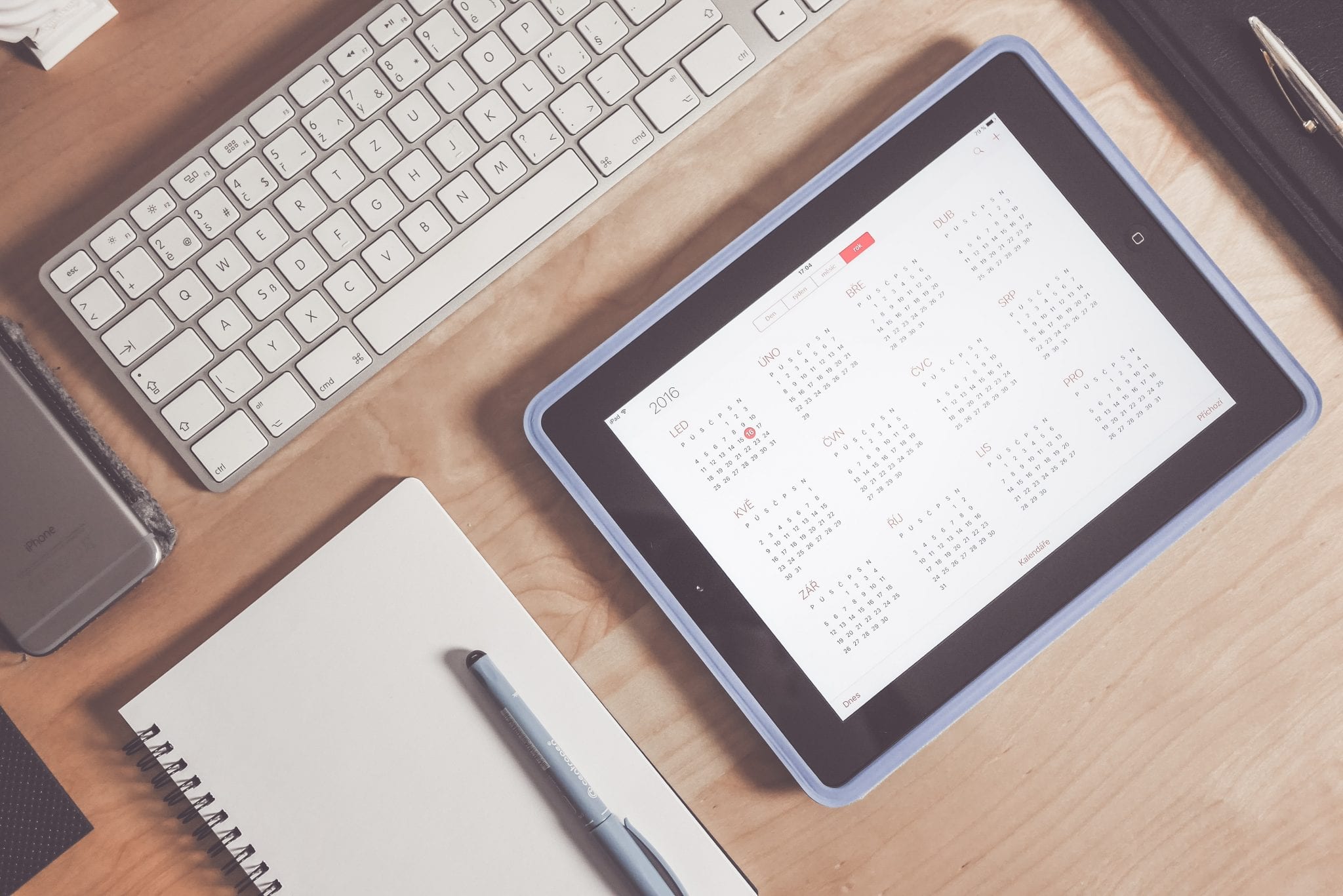
Leaders and their employees have different concepts of time. What’s important to one party is not always a priority to the other. Innocent miscommunications can lead to unnecessary strife, missed deadlines, and unintended insults. Varied time management is critical for CEOs to learn, so they respect the time of their employees without undervaluing their own. Rules of time management are different for CEO’ and employees.
CEOs don’t just work more; they have to spend specific amounts of time making others better.
The research discussed in Harvard Business Review highlights the differences between CEO time and employee time. The average CEO in the study worked 62.5 hours per week, more than 50 percent above the 40-hour work week of the average employee.
One study from the National Bureau of Economic Research measured the working habits of 1,114 CEOs and found that leaders spend most of their time working with others. CEOs in the study spent just one-fourth of their time alone, using the rest of their time to meet with teams and plan new strategies.
Employees are responsible for realizing the visions set by their company’s leaders and CEO’s.
The employees work is no less important, but it does require most employees to spend more time working alone on tasks and less time collaborating. Even managers who oversee large teams don’t have the same total-vision responsibilities of CEOs. If employees spend their time on tasks and CEOs spend their time on vision, how can each side understand the other’s perspective?
The answer begins with leadership — and the consequences of leaving time management to chance can be dire.
What CEOs stand to lose in the rules of time management.
When employees don’t feel like their leaders value their contributions, they don’t contribute as much as they could. Jostle studied employee engagement and discovered four factors that impact engagement. Two of those four correlate directly to CEO time management: employee respect for executives and employee belief in the value of work.
Employees who don’t respect the leaders of their companies don’t care whether their best efforts help line the pockets of others.
Leaders who don’t command respect can lose their status because they fail to treat others with the respect they deserve. Showing appreciation for the time of others is one of the most direct paths toward mutual respect, so CEOs must be vigilant about demonstrating to employees that their contributions do not go unnoticed.
Belief in the value of an employee’s work also relates closely to the time management of the CEO.
Workers who feel that their productivity does not matter are far less likely to be productive. Leaders need to show their employees that their work is vital to the success of the business — and what better way to demonstrate that truth than to exhibit respect for employees’ time? CEOs cannot sacrifice their time management for the sake of their employees’ time, though.
With only one CEO and teams ranging from a dozen to thousands of people, leaders of companies do not have enough time to provide regular engagement on a personal level.
Rather than take personal responsibility for the productivity of each employee, CEOs must step back and let their decisions speak for themselves. When an employee invests a day in the wrong task, the company might suffer a little. When the leader spends a full day in a misguided pursuit, the effects can be far more severe.
CEOs must make the right decisions about their time management and give employees space (and respect) they need to contribute.
Best practices for CEO time management.
Savvy CEOs approach time management through a three-pronged approach.
- Reflection
- Collaboration
- Leadership.
Not all alone time is created equal. CEOs who lock themselves in their offices to answer emails and make calls might complete more tasks. Whether they have busywork, or mastermind work — closeting themselves away prevents all employees from realizing the full potential of their leaders’ knowledge and experience.
Leaders need time to think about how they see the company moving forward.
Many CEOs are so busy; they don’t take the necessary time to breathe. Only by making deliberate time for quiet reflection can CEOs create the headspace they need to lead their organizations. As Harvard’s study found, most CEOs spend their days meeting with others. Sometimes meeting others means one-on-one meetings.
But Harvard’s research discovered that CEOs meet with groups more often than individuals. Company leaders need to take time to collaborate with their executive teams and other departments, but that does not mean they can afford to attend every meeting invite.
CEOs should limit their presence at meetings as much as possible.
If someone can represent the leader at the table, someone should. With so many conflicting demands, CEOs can only afford to go to meetings where no one else’s presence would suffice. CEOs must take an active role in company leadership to help their organizations grow.
Scheduling one-on-one sessions with department heads and offering employees an opportunity to air their concerns will save the CEO many hours of extra work.
Open-door policies work for some, while others prefer to schedule regular town halls.
Whichever tactic proves most effective, CEOs should never let other priorities overtake internal leadership. Otherwise, they may find their best employees leaving for companies that are more vocal about respect for their workers’ time. If only CEOs could exchange some of their stock options for more hours in the day, this balancing act would be more accessible.
Unfortunately, compensation via time is not currently an option. CEOs can maximize their time management and respect their employees in the process, but to do so, they must learn to acknowledge the value of others’ time without giving up too much of their own.
Rules of Time Management are Different for CEOs and Employees was originally published on Calendar by John Rampton








